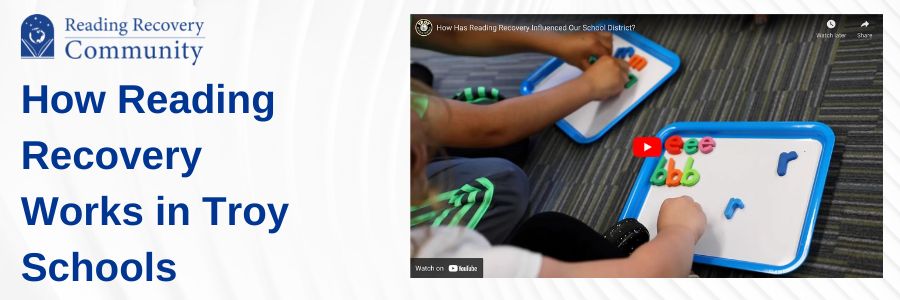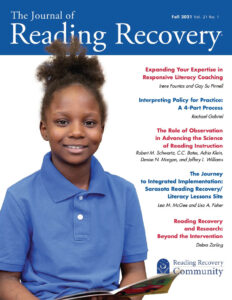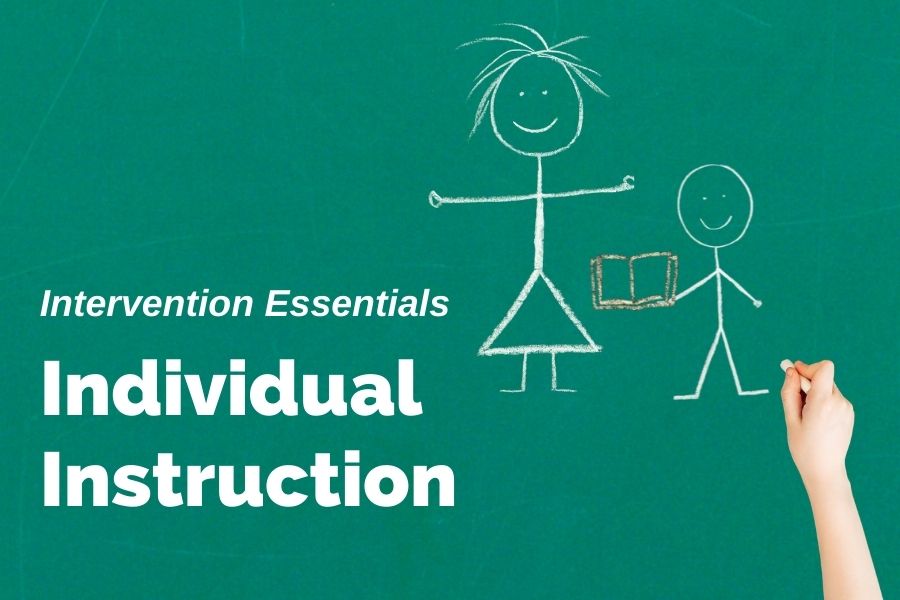How Reading Recovery Works for Troy Schools
submitted by Kris Piotrowski, Reading Recovery Teacher Leader, Troy Schools
For more than 30 years, the Troy School District in Troy, Michigan has used Reading Recovery to help struggling students learn to read and write. Over time, Reading Recovery has become embedded in the literacy curriculum of the entire district. “Reading Recovery has taught me how to truly embrace each child’s unique path to becoming literate,” says Literacy Specialist Veronica Recker.
Hear teachers, principals, parents, and students share how Reading Recovery has impacted them in this short video blog.






